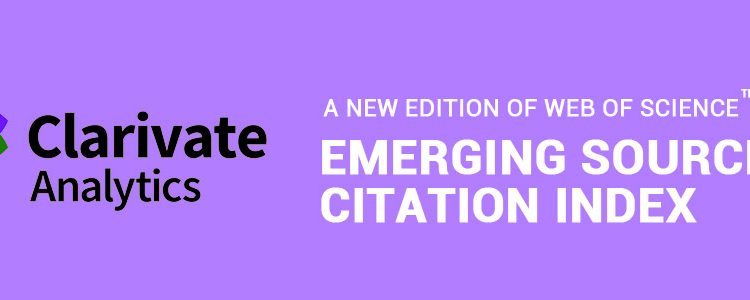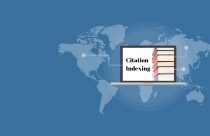ESCI – The Source of Discovery and Curation in Academic Research

It is indeed surprising to realize that a new generation of researchers has grown up believing that doing research online has always been the status quo. This new breed of graduate students have been fortunate in accessing a considerable amount of background research, and data from literally anywhere—through the internet—thus, granting them access to libraries and institutions around the globe, as well as to online research journals. This has led to the launch of a new tool called the Emerging Source Citation Index (ESCI).
Brief History of ESCI
The late Dr. Eugene Garfield created the “Web of Science”, and was the first to pioneer citation indexing in academia. He published an article about the concept of citation indexing in 1955, then later created the first index in 1964. Eventually, Garfield’s “Science Citation Index”, the first of its kind, became known as the “Web of Knowledge”, and then the “Web of Science”. The origins of ESCI, the most current iteration of the online source citation indices, emerged from the Web of Knowledge.
Beginning as an online subscription citation service for sciences and social sciences, the Web of Science was originally designed by the Institute for Scientific Information (ISI), founded by Eugene Garfield. The Web of Science was retooled as ESCI by Clarivate Analytics, and re-launched in 2017. Clarivate Analytics is an independent company that once served as the science business end of Thompson-Reuters, who first purchased the original platform from ISI in 1992.
New Points of Expansion
Accessible through the Web of Science, ESCI is subscription-based and includes all academic fields. It also includes peer-reviewed journals that must pass an initial editorial evaluation and selection process in order to be considered for inclusion. Over 35,000 journals have now been archived, and are currently accessible to researchers. The release of a ten-year archive has also been planned for 2017. An author’s “H-index” can be highlighted with this index as it measures citation impact.
Impact of ESCI
Access to research data, the use of it, and the ownership of that data has become increasingly important. The creation of data has also exploded, and the mass of “big data” being continually churned out requires proper curation so that it can be quickly used online. Online source indices encompass a variety of issues, such as competition between academics, funding, the linkage of research projects, greater potential for thorough results, and discoveries, and addressing private sector, public themes, and government policy across key platforms. Discovering meaningful connections between past and present research, collaborators and funding, and the impact of research is essential today.
The following example of what one may consider a potential paradigm shift in citation indexing and the accessibility of research results and electronic sources will provide full clarity to the nature of change in online research. It is sometimes common to hear at conferences, or through personal experience, about examples where researchers never once “emigrated” to an archaic (traditional) context (a library, or a printed journal or book). In other words, one hundred percent of both the research and writing took place in their own office (or home), and not, in any traditional research environment.
Even gray literature or other documents are now electronic, and if they are not searchable online since they exist electronically somewhere, they can still be easily obtained through a few email requests. This amazing process is proof positive that the world of academic and scientific citation indexing and accessibility has changed in a way that has streamlined how research is now done.
Academia, particularly the sciences, must rise to the challenge of integrating new ideas to push the boundaries of knowledge in the pursuit of new discoveries and paradigms; the rapid dissemination, integration, and access to every field of academic research should dovetail to produce new ideas and allow more rapid consumption of masses of data. Ideally, this should lead to new—and faster—advances, in the resolution of grand problems (e.g., climate change; curing various cancers; transnational refugee crises; “pandemic” global mental illness/depression), and linking them to even grander questions (e.g., advancing human health, and socio-economic progress; human cognitive evolution). The accessibility, and organization of this mass of information, has now been rendered more comprehensible, in this new iteration (ESCI) of the online source citation search and recovery process. Clarivate Analytics highlights that we must learn from history, as it is essential to understand the past—since it informs the future.
References
- Bauman, Z., 2006. Liquid Fear. Polity Press, Cambridge.
- Becher, T., Trowler, P.R., 2001. Academic Tribes and Territories: Intellectual Enquiry and the Culture of Disciplines (2nd). The Society for Research into Higher Education & Open University Press, Buckingham, UK.
- Hunt, F., Thornsbury, S., 2014. Facilitating transdisciplinary research in an evolving approach to science. Open Journal of Social Sciences, 2, 1-12.
- Jahn, T., 2008. Transdisciplinarity in the practice of research. http://www.isoe.de/uploads/media/jahn-transdisciplinarity-2008.pdf









